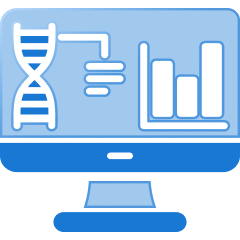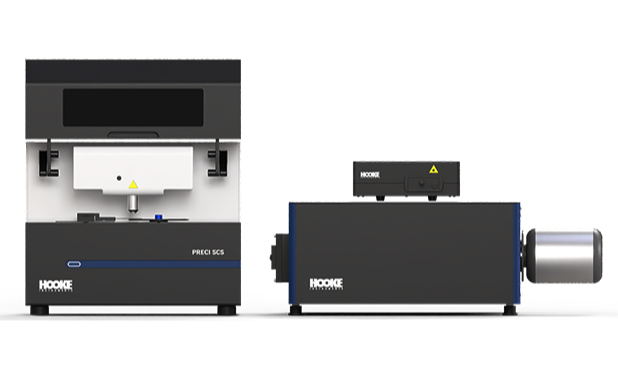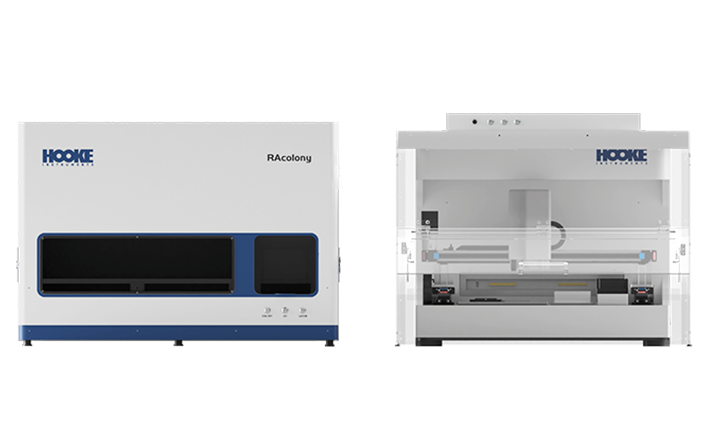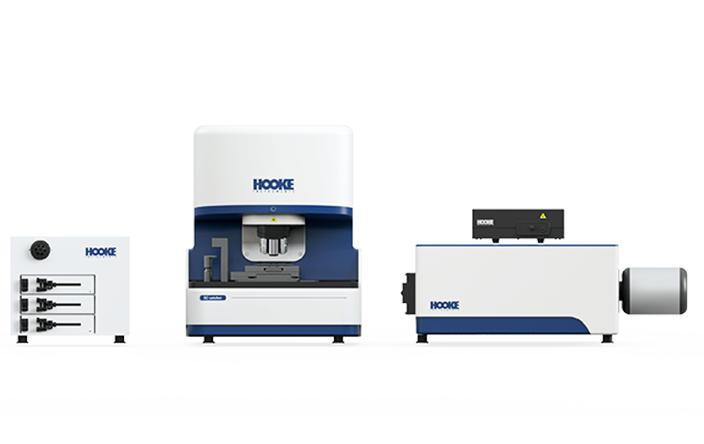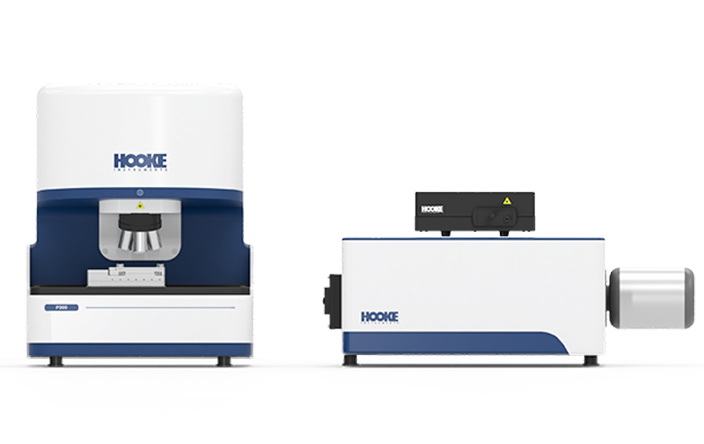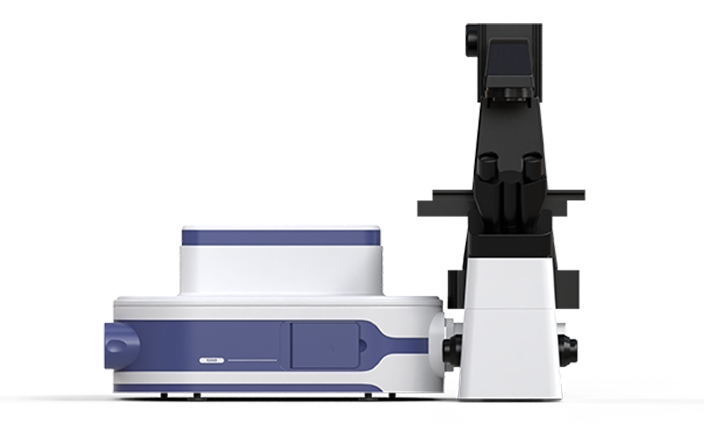Conventional pathogenic bacteria detection primarily relies on culture-based methods or molecular biology techniques, which are time-consuming and labor-intensive. Raman spectroscopy, as a high-resolution and highly sensitive detection method, enables "culture-free" pathogenic bacteria detection at the single-cell level, significantly improving detection speed.
The P300 Confocal Raman Spectrometer enables the detection of single pathogenic bacteria. In addition, by leveraging the diverse machine learning and deep learning algorithms offered by the HOOKE IntP intelligent data analysis software, the types of pathogenic bacterial species can be rapidly and accurately predicted. Moreover, by integrating with the PRECI SCS Single-cell Sorter (or using the PRECI SCS-R300 Raman Single-cell Sorter), targeted individual pathogenic bacteria can be isolated for multi-omics analysis, facilitating further investigation its role in the physiological and pathological processes of the host.
-
Culture-free

-
Label-free

-
High Sensitivity

-
Low Cost


Classification of Pathogenic Bacteria Based on Raman Spectroscopy and Deep Learning

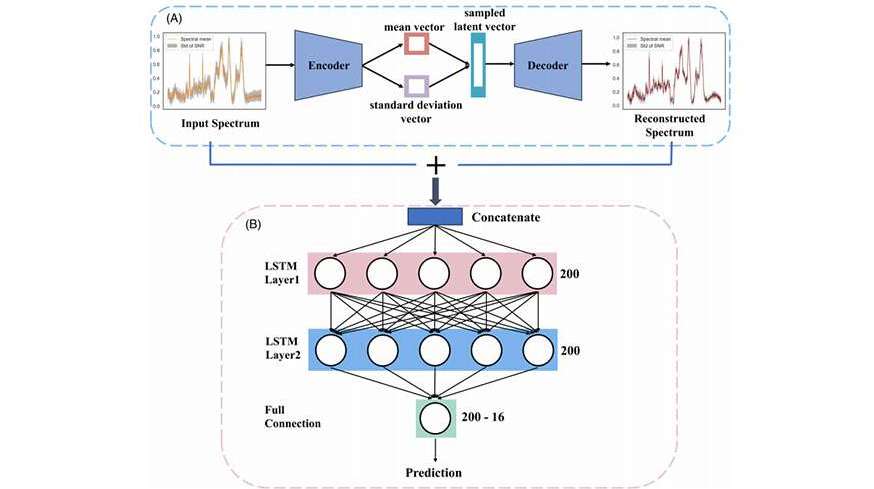
Single-cell Raman spectra, often known as the "molecular fingerprint" of microorganisms, holds significant value for species identification.
The P300 Confocal Raman Spectrometer can efficiently collect Raman spectral data from various types of pathogenic bacteria at the single-cell level. Deep learning algorithms, such as neural networks, are integrated to develop a classification and identification model. This model is then applied to predict the types of pathogenic bacteria in samples, significantly shortening the analysis period.
Classification of Gram-negative and Gram-positive Bacteria Based on Raman Spectroscopy integrated with Machine Learning

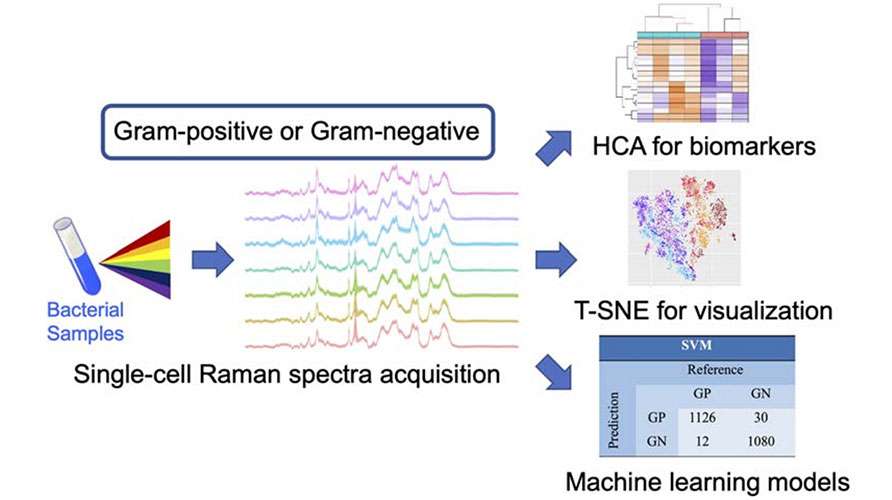
The P300 Confocal Raman Spectroscopy is used to collect Raman spectra from various common Gram-negative and Gram-positive bacteria. Following, the collected Raman specral data are trained using machine learning algorithms (such as SVM) within the HOOKE IntP intelligent analysis software to establish a Gram staining (GS) classification and identification model. This enable accurate and rapid prediction of bacterial GS types.
-

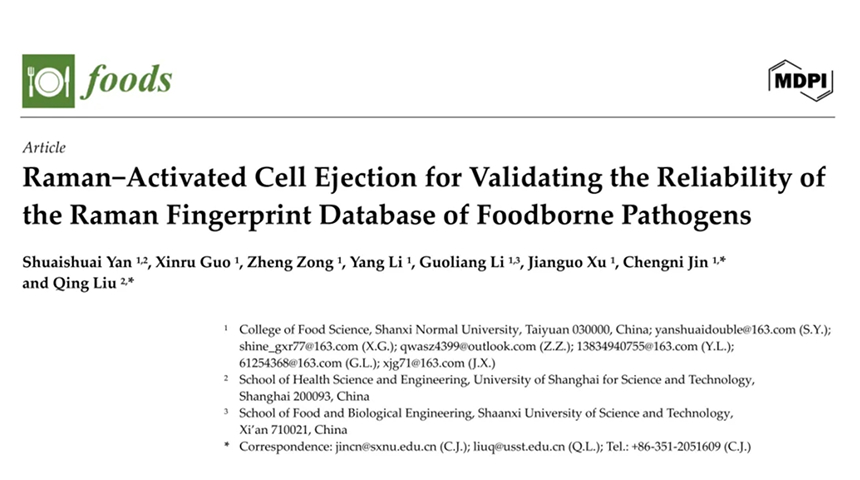 Foods丨Raman−Activated Cell Ejection for Validating the Reliability of the Raman Fingerprint Database of Foodborne Pathogens2024.07.09
Foods丨Raman−Activated Cell Ejection for Validating the Reliability of the Raman Fingerprint Database of Foodborne Pathogens2024.07.09 -

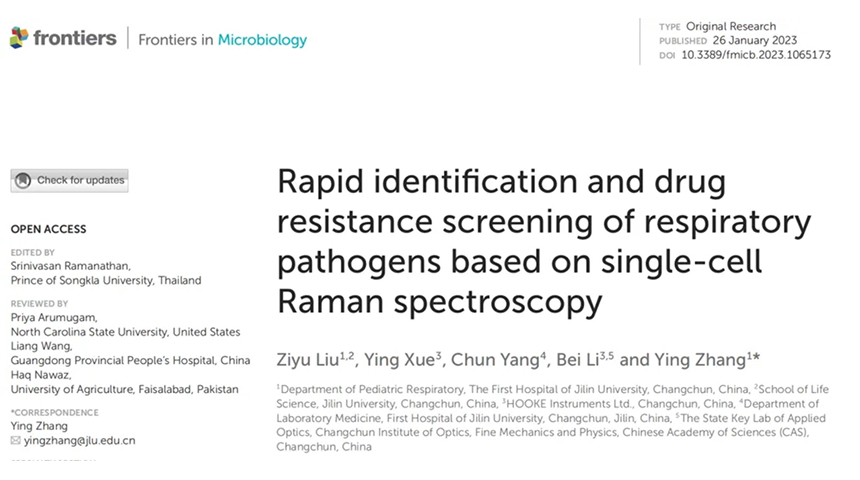 Frontiers in Microbiology丨Rapid identification and drug resistance screening of respiratory pathogens based on single-cell Raman spectroscopy2023.02.03
Frontiers in Microbiology丨Rapid identification and drug resistance screening of respiratory pathogens based on single-cell Raman spectroscopy2023.02.03 -

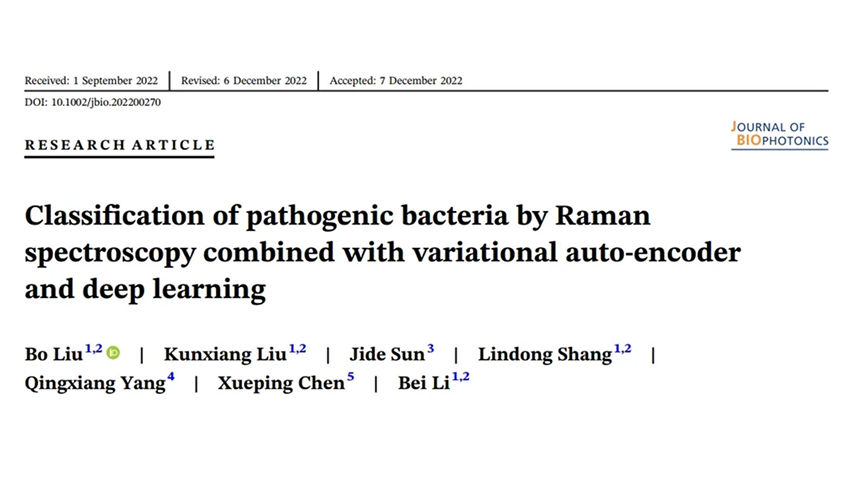 Journal of Biophotonics丨Classification of pathogenic bacteria by Raman spectroscopy combined with variational auto-encoder and deep learning2023.01.09
Journal of Biophotonics丨Classification of pathogenic bacteria by Raman spectroscopy combined with variational auto-encoder and deep learning2023.01.09 -

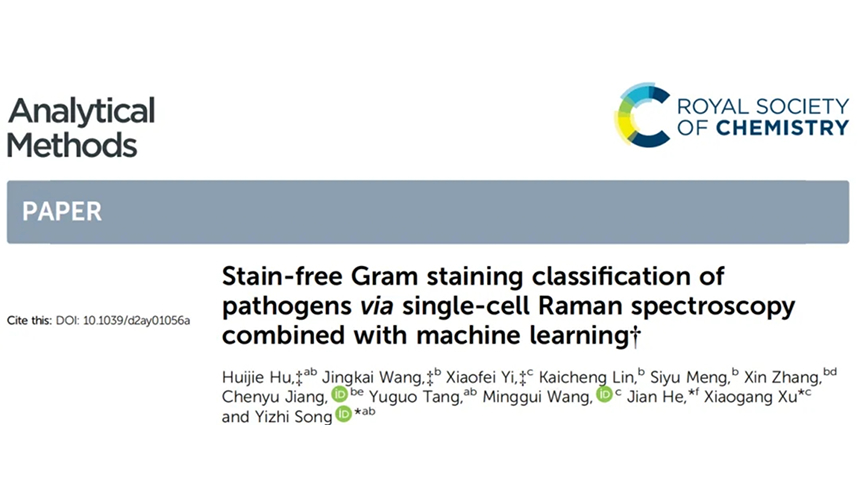 Analytical Methods丨Stain-free Gram staining classification of pathogens via single-cell Raman spectroscopy combined with machine learning2022.10.31
Analytical Methods丨Stain-free Gram staining classification of pathogens via single-cell Raman spectroscopy combined with machine learning2022.10.31











